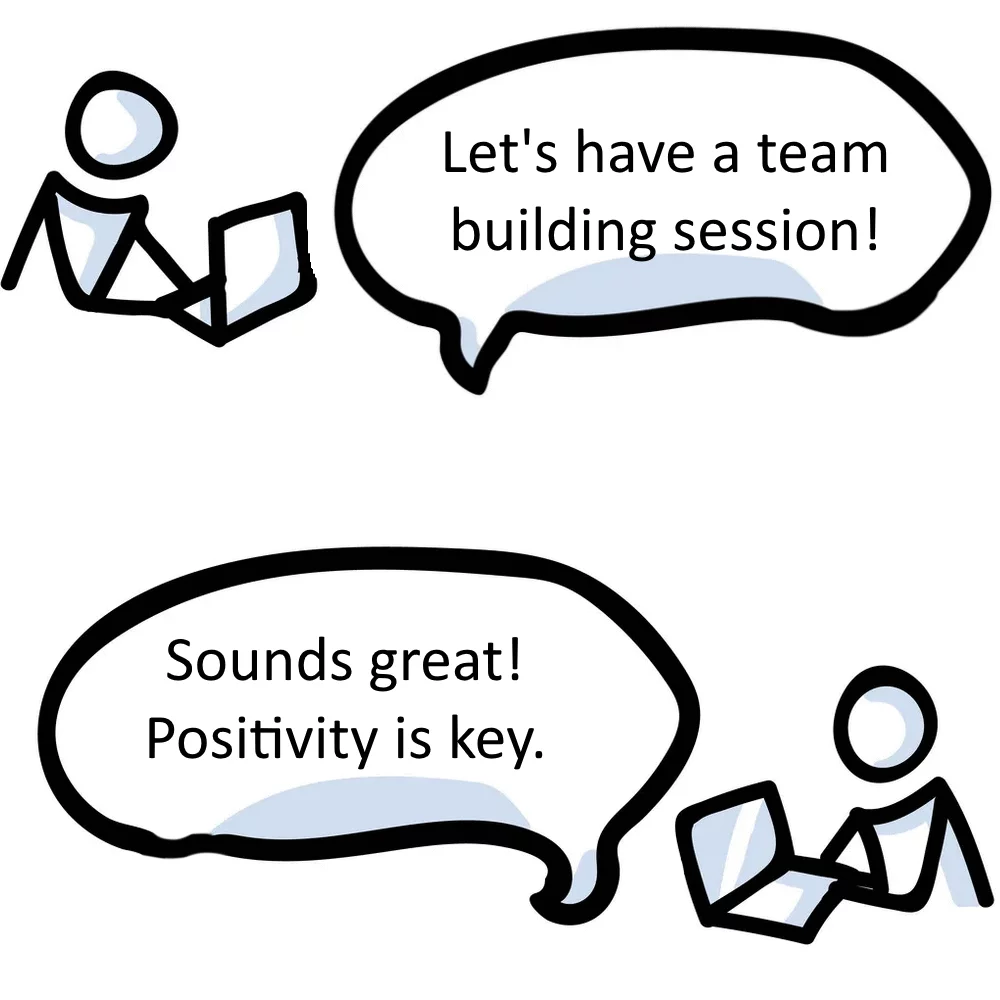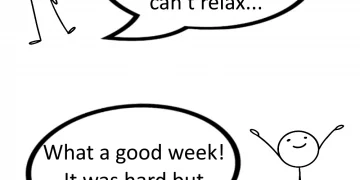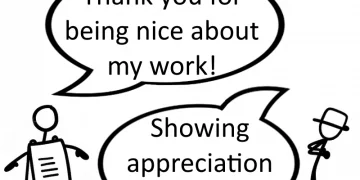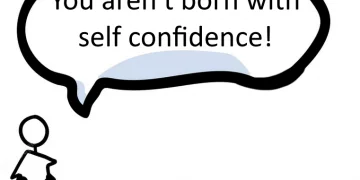
Resilience: How To Boost Your Workplace Resilience

No one goes through their career without facing adversity and multiple setbacks.
If setbacks send you wildly off course, then you’ll struggle to compete with your more resilient peers, who will forge on regardless.
Let’s take a look at what workplace resilience is, and then, more importantly, how you can improve yours.
Want to become resilient at work? Our resilience training will take you from stressed to strong!
What is workplace resilience?
Resilience is the distinctive ability to “bounce back” and thrive after setbacks.
Ask 8 people what resilience is, and you’ll probably get 8 different answers, however, they will all probably include:
- Optimism – resilient employees can stay positive, balanced, and can manage difficult emotions.
- Humour – the ability to laugh at and learn from your mistakes or misfortunes.
- Purpose – a deep emotional connection to a higher purpose and not just your current task.
- Social support – a personal and professional support network to lean on for guidance and support when stressed.
- Values and morals – a strong moral compass and a set of beliefs about right and wrong.
Need to know exactly what resilience means? Read our article here for what resilience means!
Why is resilience at work important?
A 2020 UK workplace survey found that 79% of British employees experience work-related stress, a rise of 20% from 2018 findings.
Increased stress takes a toll on productivity, mental health, job satisfaction, and well-being.
It also leads to burnout, illnesses and absenteeism.
For employers, this is a productivity and staff morale issue. Resilient workforces will perform better and have lower levels of illness and absenteeism.
For individuals, this is also a productivity and morale issue. If you are not resilient, you will reduce your ability to perform consistently, with knock-on effects on your career prospects. You will also make your working life more difficult and less fun than it otherwise would be.

How To Improve Your Individual Resilience
Improve your time management:
Good time management skills help you work faster and smarter – not harder.
Regardless of how busy you get, you’ll at least be confident that you are working on the most important tasks and feel you have things under control.
By contrast, poor time management leads to:
-
- Missed deadlines.
- Higher stress levels.
- Lower quality work.
A great first step is to sit down and truly prioritise your to-do list, focusing on only the most important tasks in front of you.
What, if done properly, moves you closer to your ultimate goal? Start with that and fit other less important tasks later, or accept that there just won’t be time to get them done.
The sense of control that this gives you is tangible. Learning tactics like this will help you to build resilience and look after your mental health.
Practice mindfulness:
Mindfulness helps you be in the here and now.
In an increasingly distracted workplace characterised by non-stop meetings, emails, and notifications, is it any wonder that most employees can barely get anything done?
With mindfulness, you train your mind to limit distractions and focus on the task at hand.
A simple way to start is that once you ‘pick up’ a task, you see it through to completion without breaking for a distraction. That means no social media, emails, or unnecessary breaks until you finish a task. This includes trying to multitask during Zoom calls.
Again, this is a great way to develop resilience. It will give you a sense of control and develop your resilience in the workplace.
If you can persuade others to do the same to help them build resilience, then you can develop a work culture that helps everyone via social support.
Employees who practice mindfulness report increased resilience at work because it reduces stress, improves collaboration, and boosts well-being.
The other benefit of focusing on the task at hand is that it means you are not focusing on future uncertainties. Dwelling on future uncertainties too much is a sure-fire way to increase your anxiety levels and reduce your mental toughness.
Batching:
21st-century workers face a deluge of information.
How do you manage all of this? The answer: batching.
According to the American Psychological Association, batching (also known as compartmentalising) tasks reduces task-switching costs that can affect productivity by up to 40%.
Resilient people avoid hopping around and handle one task or a set of related work-tasks at once. This minimises the cost of task-switching and increases productivity while also reducing stress.
A simple example of this would be, only deal with email at specific times, instead of constantly switching between email and your most important task of the day.
Multitasking and rapid task switching will increase your likelihood of stress and burnout.
Take breaks:
Taking breaks seems counter-intuitive when you’re trying to get more done.
The evidence shows that your concentration and mental clarity plummets after about 90–120 minutes of intensive work.
Detaching from work for a break will boost your energy and clarity. It will also help you avoid that frustrating and ultimately stressful feeling of working hard but feeling like you’re getting nowhere or making silly mistakes.
Building Resilience Company-Wide
Support employees:
A resilient workforce is the foundation of a resilient organisation.
Supporting, motivating, and training your staff to be resilient, and handle work-related stress will make your organisation more resilient and is a good start.
Other ideas for supporting your employees include anonymous workplace-satisfaction surveys. These can identify issues and cases of stress early and allow you to proactively deal with them before they become big issues.
Purpose:
A sense of mission and striving for a large goal can help people navigate day-to-day ups and downs.
An organisation with an exciting and ambitious goal will help employees keep their stress under control.
Problem-Solving
Organisations that routinely come together to review problems and work on solutions are lower-stress places to work.
This practice makes employees feel supported and also understood, as it is accepted that there will be problems and that solving them isn’t the responsibility of any one person. It is a group issue and requires a group response.
Conclusion
Workplace stress is an ever-growing issue and has been for a number of years. Coronavirus has only served to accentuate this trend.
Resilience both individually and as a team or organisation can be learned and practiced. There are well-established techniques for improving resilience and managing stress.
A bit like insurance, it is work looking at this when you don’t need it and all is going well as when you do need it, it’s usually too late!
For more on resilience, check out our resilience statistics here!


